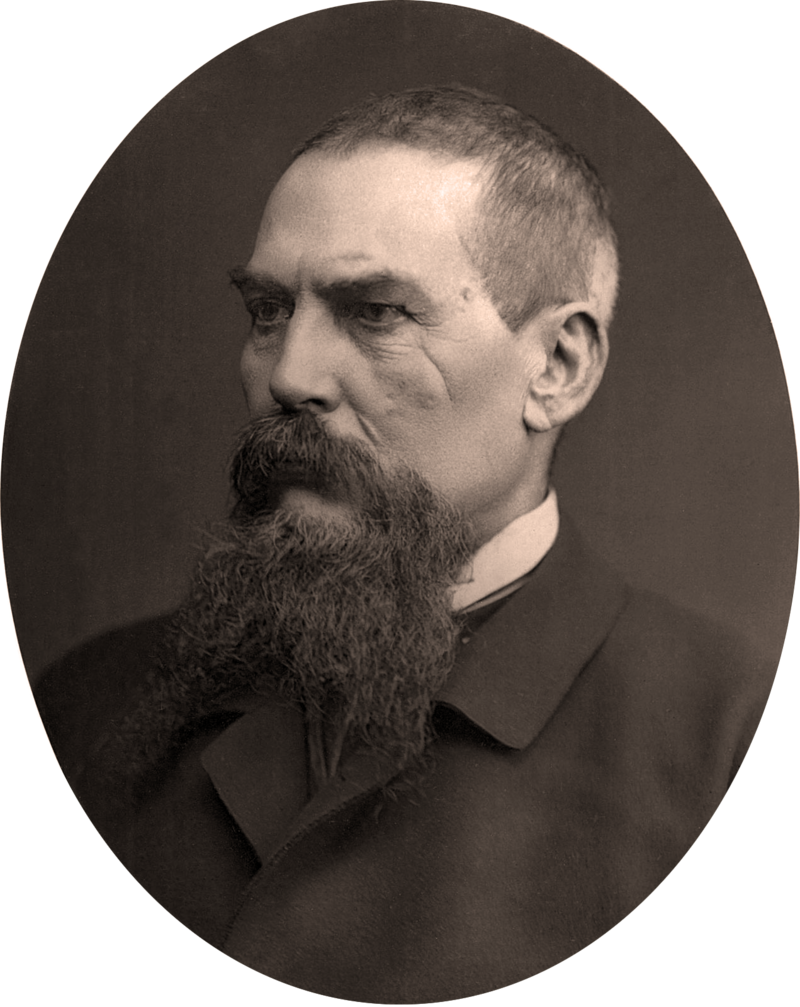
Figure 1 – Lock and Whitfield, Portrait of Sir Richard Burton, from the Wikimedia Common, original in the National Portrait Gallery, London. This work is in the public domain in its country of origin and other countries and areas where the copyright term is the author’s life plus 70 years or less.
Well, remarkably today is December 22, 2015 and it is time to begin Hati and Skoll’s annual feature of ten favorite images. I thought that it would be fun to play it a little quirky this year. So some of the images that you are going to see are not necessarily well known. They are favorites of mine and have a particular appeal to me. So to start off my first favorite for 2015, ah the waning year, is this Woodbury type image by photographers Lock and Whitfield of the great British explorer, Victorian polyglot, and prolific writer, Sir Richard F. Burton, 1876. This appeals both to a life-long interest that I have had in Richard Burton and a more recent curiosity about the great photographic portrait artists of the 19th century.
Sir Richard Francis Burton KCMG FRGS (1821 – 1890) was a British explorer, translator, writer, and soldier. He was famous as an orientalist and was best known for his elegantly documented, in disguise journey to Mecca. This was at a time when Europeans were forbidden access on pain of death. Along with John Hanning Speke, Burton was the first European to visit the Great Lakes of Africa in search of the source of the Nile the One Thousand and One Nights (The Arabian Nights) and the Kama Sutra. Burton is said to have spoken 29 languages. He studied religions and in the end concluded that “The more I study religions the more I am convinced that man never worshiped anything but himself.”
Samuel Lock was an artist who in the early 1850s worked on the conversion of talbotype photographic portraits into painted miniatures. In 1856, he began a collaboration with photographer George Whitfield. Lock and Whitfield had studios on Regent Street in London and Kings Road in Brighton. They are best known for their series of Woodbury types published as Men of Mark. The stunning portrait of Burton is from the first series.
The image is remarkable for the intense, aggressive stare of the subject and also for the uncompromising sharpness of the image. You see every hair of the beard, every wrinkle and blemish of the face. This includes the scar on Burton’s left cheek, which was the result of an attack in 1856 by Somali warriors. when Burton was impaled by a javelin that entered one side of his face and exited the other. He was forced to make his escape with the weapon still transfixing his head. This harrowing adventure was described in his book First Footsteps in East Africa (1856). The title is significant. Burton, like many explorers of the day was obcessed with the “Question of the Nile,” what was its source in Central Africa. His first footsetps were just that, first footsteps to be followed by an assault on the Central Lake Regions. This was a man possessed, and I think this single-minded determination is admirably captured in this portrait.
